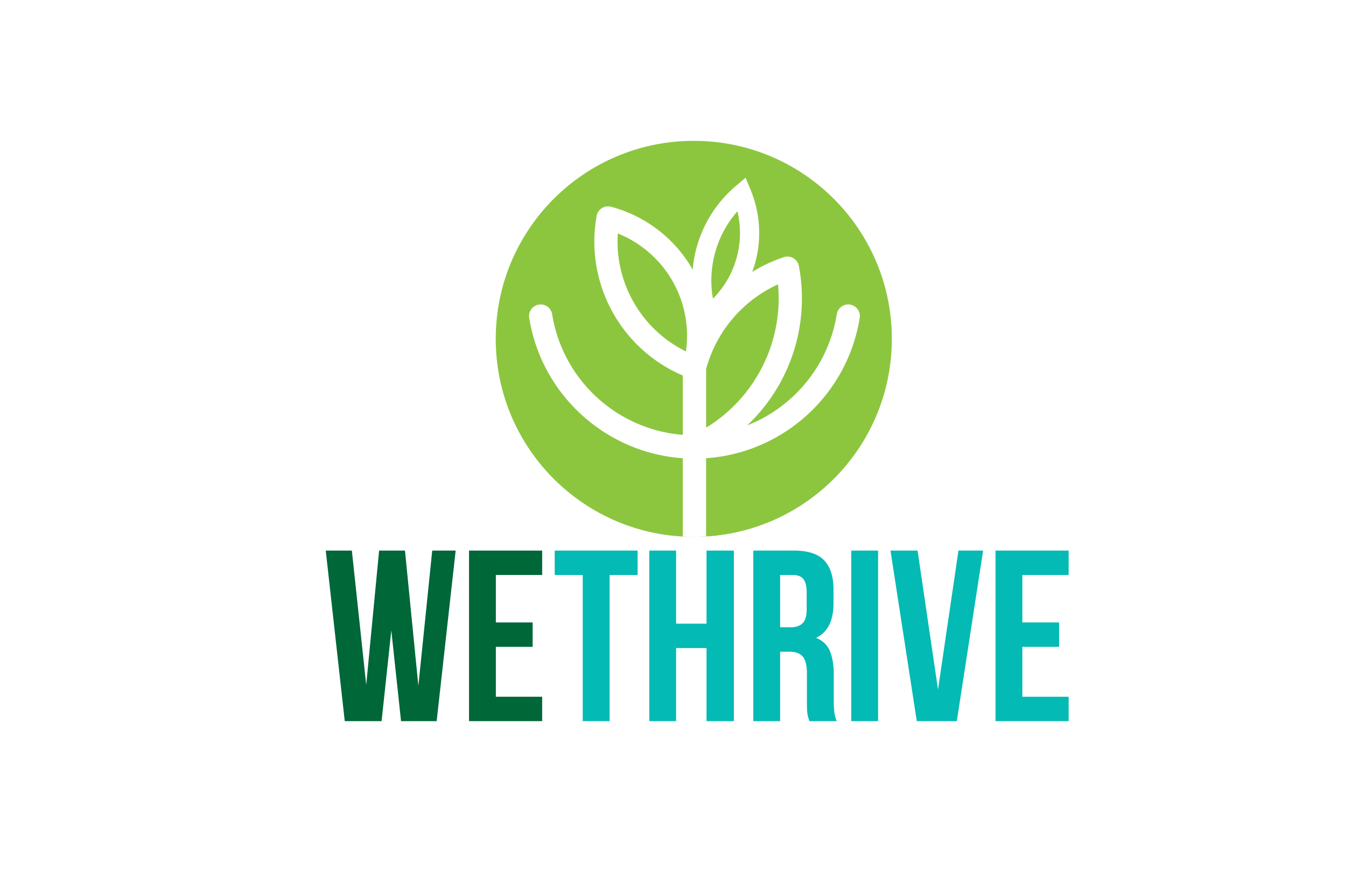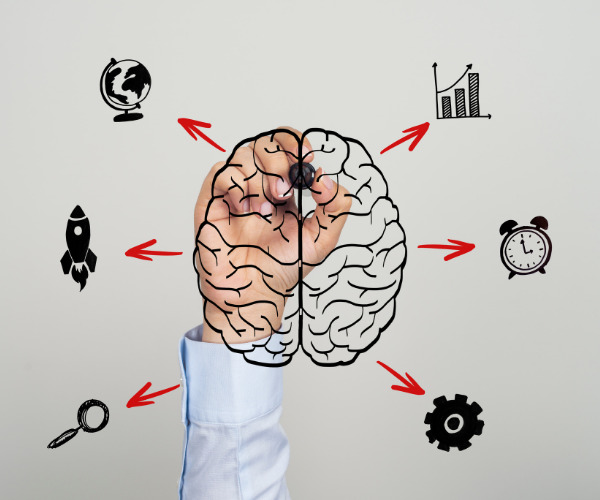By now it has become quite evident that the only way forward is to adapt to
a new reality where there is no “normal.” We have been turbulently oscillating like particles in a snow globe, adjusting to change and disruption at every turn. This is felt by organizations and workplaces everywhere. We are facing a massive evolution and we need to pay attention to what it’s teaching us that will enable us to survive and even thrive. One of the most important learnings has been that we cannot afford to sacrifice human wellbeing, particularly in the workplace where chronic stress has been at a crisis level even prior to the pandemic (World Health Organization, 2019). The pandemic has amplified this crisis to a tipping point that can no longer be ignored. Harvard Business Review (What Covid Has Done to Our Well-being, February 2021) reports from a worldwide survey conducted in 46 countries that 85% of respondents (mostly knowledge workers) said their general wellbeing has declined since the start of the pandemic while 89% indicated a decline in their workplace wellbeing.
Many workplaces worldwide have been realizing the value of taking action on the mental health and wellbeing needs of their employees. We can see this shifting consciousness as a positive transformation that can emerge from this crisis. However, deep change requires commitment to culture-building initiatives that foster workplace conditions where people can feel safe, supported, and inspired to grow. An important aspect of cultivating a wellbeing culture is by being intentional about teaming practices.
Being part of a caring and supportive team buffers employees from chronic stress and burnout by making people feel safe to connect, contribute, be creative, and even to be challenged.
When Google conducted Project Aristotle in 2016, a research on what makes a sustainable high performing team, they found that the most critical factor in determining team success was psychological safety (The New York Times, February 2016).
Harvard organizational scientist Amy Edmondson describes psychological safety as “a shared belief held by members of a team that the team is safe for interpersonal risk taking.”
Safety in our social environment primes our nervous system to be calm, open, and receptive to others as opposed to being defensive, rigid, and hostile.
Team leaders and managers play an essential role in modeling and initiating skillful teaming practices. However, each team member has the opportunity to effect change toward building a safe and compassionate team culture. We cannot leave successful teaming to chance, especially in these times of remote work when so many are feeling the strain of social isolation. Having meaningful connections, feeling that you matter, and participating in shared goals can nurture our wellbeing. What is good for our wellbeing also translates into productivity with less “efforting” and struggle. It’s about harnessing the power of human interconnection and it’s what has enabled the human race to survive and continue to thrive as a species.
Effective teaming needs consistency and doesn’t happen overnight. But the yields far outweigh the investment. Whether your team is just taking first steps or farther along in the journey, we encourage you to try these teaming practices as a way of fortifying individual and collective wellbeing.
1. Integrate Mindfulness to Strengthen Self-Awareness and Self-Regulation
Building psychologically safe teams requires that each member learns to take responsibility for managing their feelings, thoughts, and behaviors. Trust and healthy risk-taking can only flourish if we know that people around us have the ability to interact skillfully and compassionately. Mindfulness creates the space, the pause, so that we can step back and become aware of what is happening within and outside of us. By practicing mindfulness we empower ourselves to engage in a wise response instead of giving in to an urge that might hurt others and ourselves.
- Minute to Arrive- Give a minute of silence at the start of each meeting for everyone to take a few breaths and be fully present. This helps calm the mind and set the atmosphere for mindful communication. (Source: SIYLY Adaptive Resilience Team Practices)
- Midpoint Check-In- A mid-point check-in introduces a pause in the middle of a meeting to reflect on how the conversation is going. It can be guided by questions such as, “How am I feeling about this?”, “Are we listening to everyone?”, “What perspective are we missing?”, “What’s getting in the way of us moving forward?” (Source: SIYLY Adaptive Resilience Team Practices)
- Set team norms for being present by closing emails and chats, silencing phones/notifications, making eye contact and listening actively during meetings.
2. Building Empathy
Empathy enables us to connect with and respect the feelings and perspectives of others. Having differences and misunderstandings will always be part of our team experience. Empathy gives us the capacity to bridge these differences by understanding and validating where the other person is coming from.
- Appreciations and Acknowledgements- Set aside a few minutes during a meeting during which team members are invited to acknowledge or appreciate someone in the team.
- Opening Check-In- Do a round to check-in at the beginning of each meeting by having each person share responses to prompts such as, “How are you arriving to this meeting?” “What is something that gives you hope/strength?”, “How do you need to feel supported right now?”
- Check Assumptions- Remote work settings can present challenges in communication because we have less information to accurately perceive each other’s tone, emotions, and intentions. When a text message or e-mail makes you feel uncomfortable or agitated, suspend judgment, and take a moment to directly connect with the person through a quick call or video chat.
3. Strengthen Team Bonds
By taking time to share moments of connection, we build the trust and belief that team members have each other’s best interests in mind. With this comes honesty and vulnerability. As ropes of connection become stronger, people gradually become more willing to lower their waterlines. Remote work does not have to hinder teams from experiencing creative and enjoyable ways to connect online.
- Wellbeing Buddy- Team members can pair-up to support each other on their wellbeing aspirations by checking-in with each other on their self-care practices, sharing resources, and simply providing space for compassionate listening. Buddies can be rotated every couple of months.
- Hang-outs- Create spaces for team members to interact without an agenda. This can be through a 15-minute hang-out time before a meeting, a virtual group lunch, or coffee break. Hang-outs could also be a time to share hobbies and recreational interests.
4. Getting Better at Having Difficult Conversations
Effective teaming requires honesty and courage to have difficult conversations. When team members experience positive outcomes from approaching instead of avoiding difficult conversations, psychological safety is reinforced and team members become more confident in their ability to manage these situations in the future.
- Rehearse Difficult Conversations- Teams can proactively discuss and establish a skillful process for having difficult conversations without waiting for problems to occur. Create a mock scenario and have team members contribute to the team’s “best practices” for managing a difficult conversation. These best practices can then become the team’s ground rules for when actual situations arise.
- Anchor on Common Ground- Help team members work through disagreements by shifting the perspective to what they have in common, what their best intentions are, and what they both want to achieve.
Cultivating a workplace culture that is psychologically safe is nuanced–it isn’t as simple as it sounds. There are existing workplace structures, hierarchies, personalities and other factors to consider. And it is also not an impossible goal.
Contact us to get started on cultivating psychological safety in your workplace.







